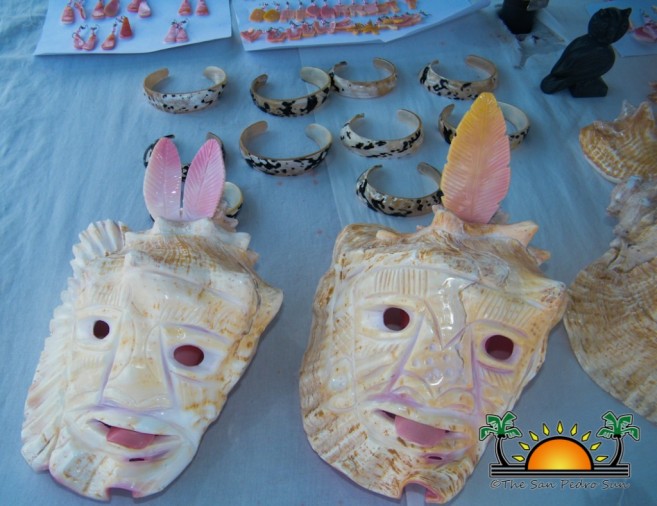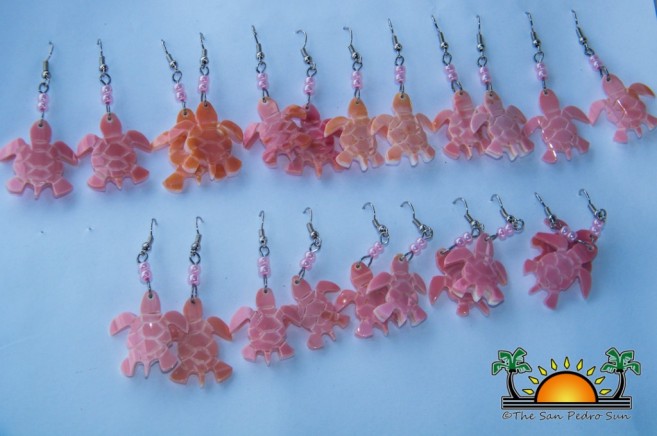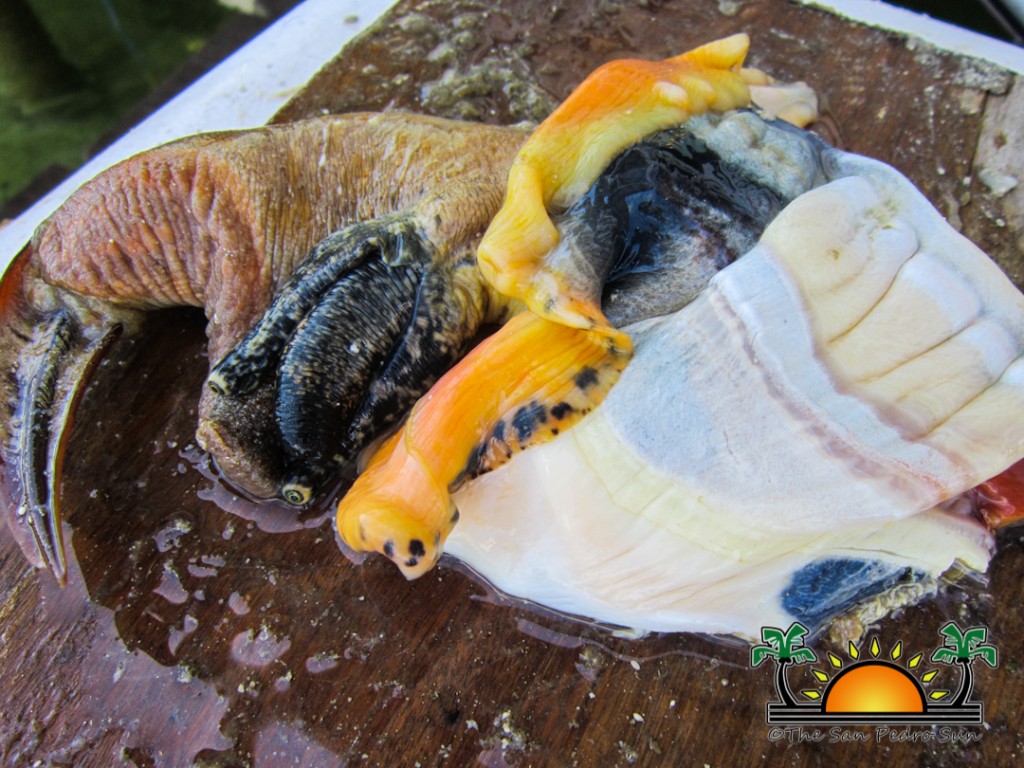Over a million pounds of Queen Conch (Scientifically known as Strombus gigas) was harvested in 2013, and a similar amount is expected to be harvested this year in Belize. But how much of the entire conch has the potential to be used and is being used? The Belize Strombus Gigas Alliance (SGA) based in San Pedro Town is finalizing a presentation in which they are proposing the full use of the entire conch, even the parts that have been discarded for years as refuse. They are expected to make their presentation in early November at the 67th Golf and Caribbean Fisheries Institute (GCFI) conference in Barbados.

Conch experts Glenn Schwendinger and Dr. Dianne Lawrence will represent the Belize SGA, in which they will be presenting a proposal for authentic sustainability of the Queen Conch. According to the two SGA representatives, while under the Convention on International Trade in Endangered Species of Wild Fauna and Flora (CITES), all parts of the conch including the flesh are allowed to be traded from country to country with the right permits. However it is a bit more challenging for the remaining parts of the conch, which includes the internal organs, shell and operculum (claw).

“Our presentation will be centered on the uses of the byproducts or derivative of the conch harvest. The conch is harvested in Belize and several other Caribbean nations where they export the conch meat, but the fishing method allows for 85% to 92% of the animal to be wasted. Our presentation will focus on the use of that waste and show ways in which we can provide a secondary income to the fishing community,” explained Dr. Lawrence.

Several studies have indicated a constant decline in the conch population in the region, and according to the SGA, for that reason it important to capitalize on the entire usage of the conch instead of the 8% to 15%of flesh which is being allowed by CITES to be traded without major obstacles. “Conch is deemed to be in decline and we are concerned about their survival. So it is important that we use the entire component of the animal and not just the 85 grams (3 ounces) of finished meat that is exported. Using the entire animal creates an extra income stream of income for the fishermen and their families,” explained Schwendinger.

According to Schwendinger and Lawrence, if the conch flesh is extracted with the right tool and the conch shell is kept intact, it can fetch not less than US$1 per pound if properly marketed. In addition, parts of the conch can be used as organic food meal for poultry and other livestock. When processed, it can be used as vitamin and calcium supplements and even road/landfill materials. Schwendinger said, “We want to create extra income for the fishermen because of the delicate nature of the species and to discourage fishermen from harvesting juvenile conch. We will assist in the process by showing them how to use parts that are currently not being used and empower them, eventually creating work during the closed conch season.”
To be able to use, develop, market and most importantly trade any byproduct of the Strombus Gigas, CITES would need to be on board since they are the international organization that deals with all forms of threatened and endangered species worldwide. “We would need the cooperation of CITES to allow the movement of byproducts derived from the harvesting of legal-sized conch without the many restrictions in place to save the animal. In implementing these restrictions, CITES has endorsed the treating of species such as bears, elephants and sharks in a similar fashion, which we disagree with. CITES allows the equivalence of using the paws of the bears, or the tusk of the elephant and leave the rest of the animal to die and go to the garbage. We think the Stombus Gigas can be treated differently and the entire conch can be used to benefit the local communities of Belize and the wider Caribbean,” Schwendinger highlighted.
Because only the flesh of the conch is allowed to be traded, over decades, traditional fishermen have dumped the remaining parts, including the much-valued shell into the sea. In some instances, large parts of the seabed and the reef have been littered by conch shells creating thousands of underwater conch shell grave sites all over the region.

While economic and scientific studies have not been done, SGA in Belize believes that based on the amount of conch flesh harvested throughout the Caribbean, the economic value of the “garbage” dumped into the sea from harvesting of conch, can equate to about US$5 billion over the next ten years for the Caribbean. “Looking at the past year’s harvest for Belize alone, over a million pounds of conch flesh was harvested. We estimate that between 16 and 24 million pounds of derivative -possible byproducts got thrown away. It is the garbage of the harvest which has a very high value. At a dollar per pound at minimum value, that ‘garbage’ of the harvest can fetch millions of dollars as a secondary income,” detailed Lawrence.
The presentation that Belize’s SGA is expected to put forth is fitting with the theme of the 67th GCFI conference -“Small islands, big issues: applying fisheries and marine science to solve problems and create opportunities.” The conference will run from the 3rd to the 7th of November. It is anticipated that 24 of the world’s top decision-makers, some of who are members of CITES, will be present at the regional event.
It is uncertain who will be representing the Government of Belize at this very important GCFI meeting, but SGA has presented Belizean authorities with documents seeking their support, hoping that such an idea can be endorsed by the decision making authorities. Of interest to note is that Oceana’s 2014 Ocean Hero Lisa Carne will also be making a presentation. Her presentation is entitled “The Meaning of Success in Caribbean Acroporid Restoration: the First 8 Years”


